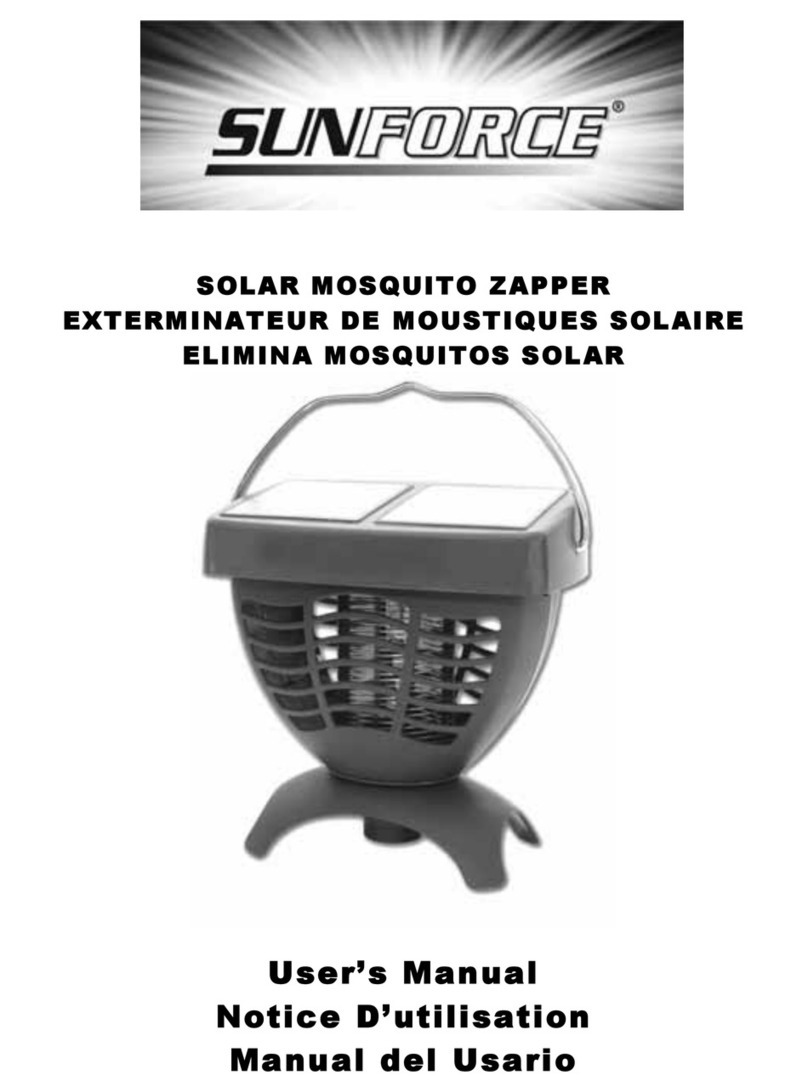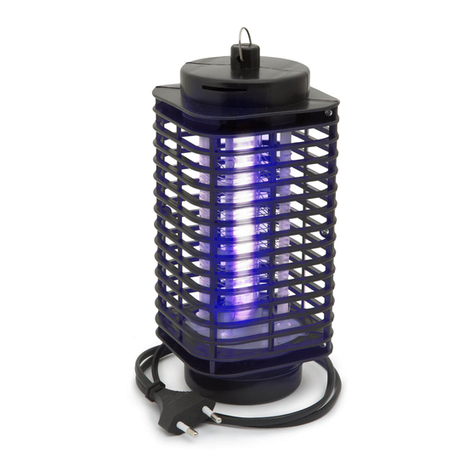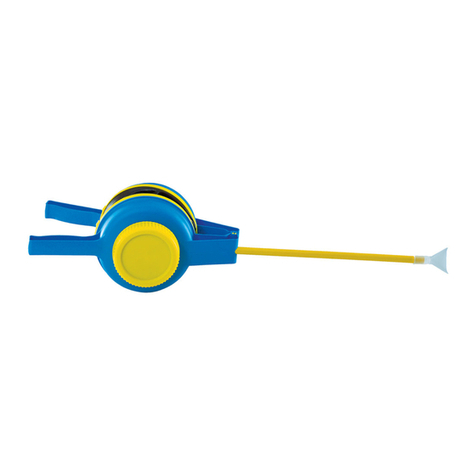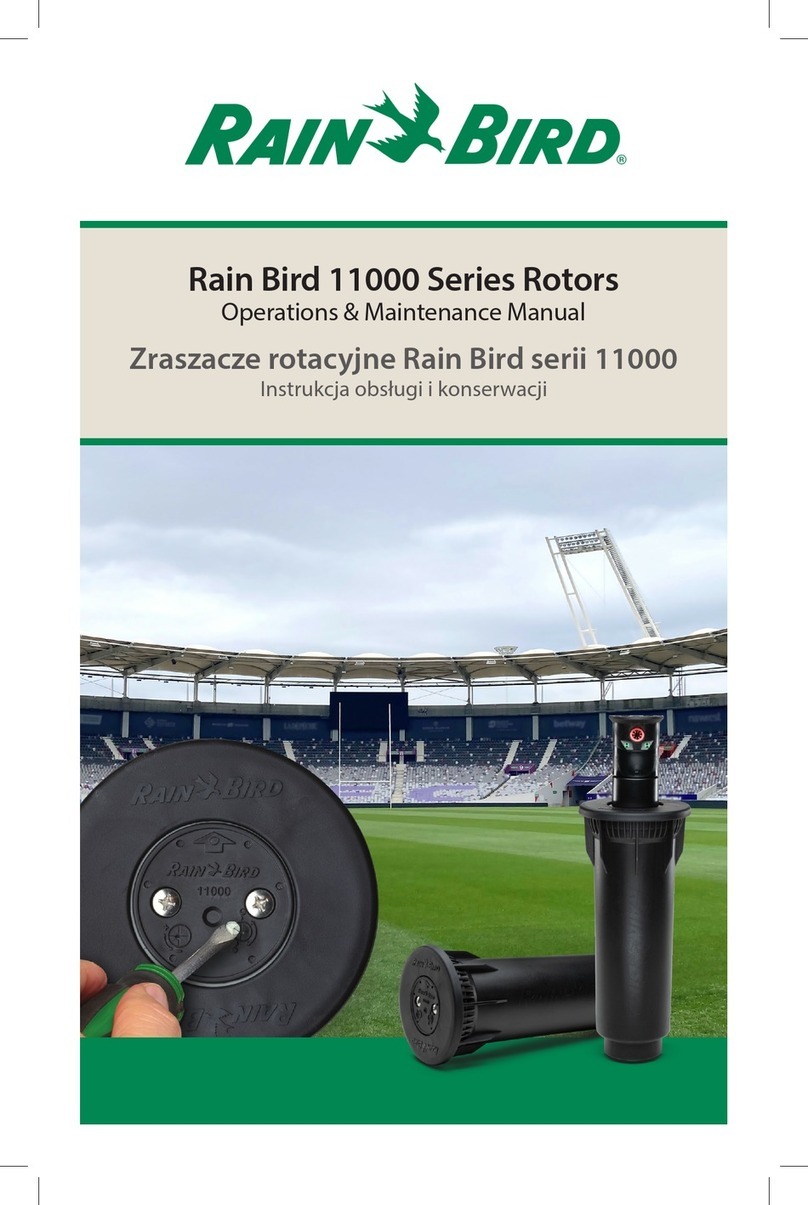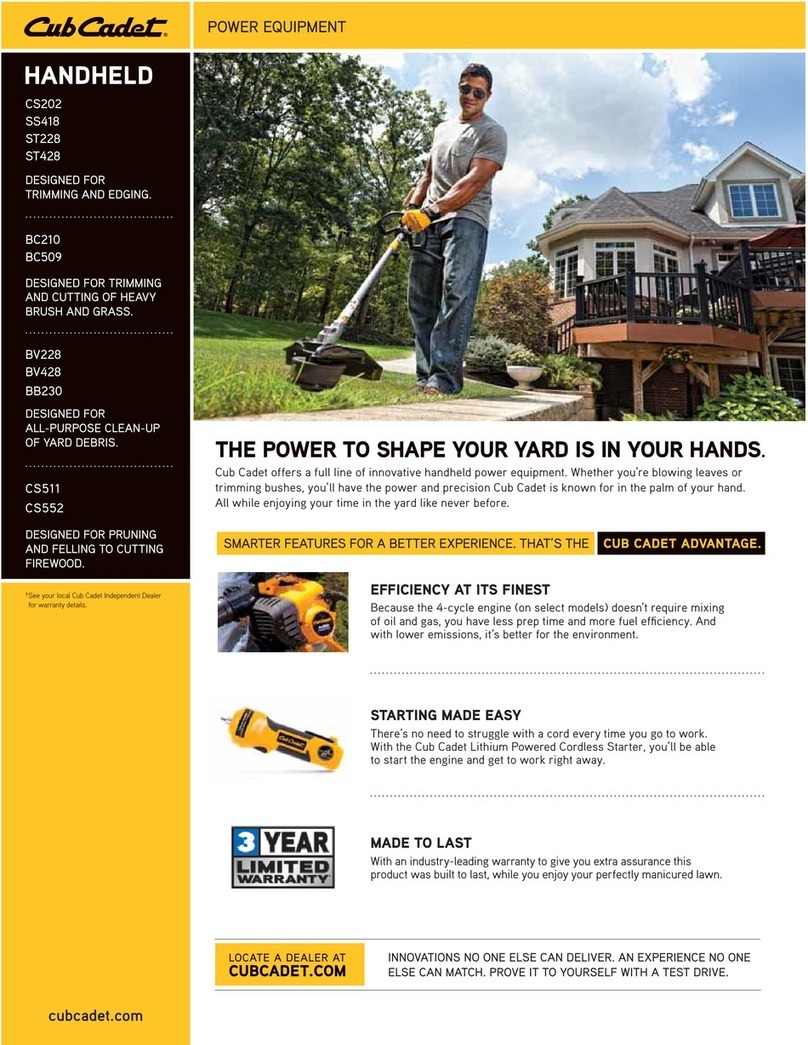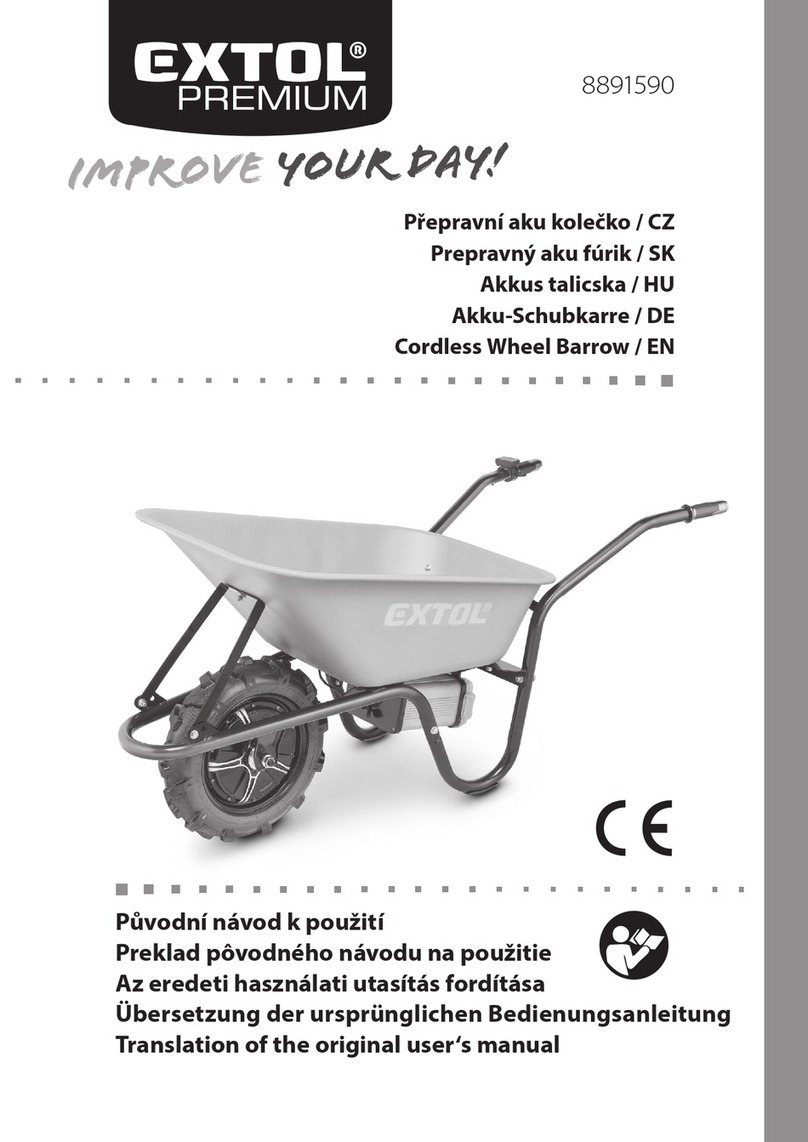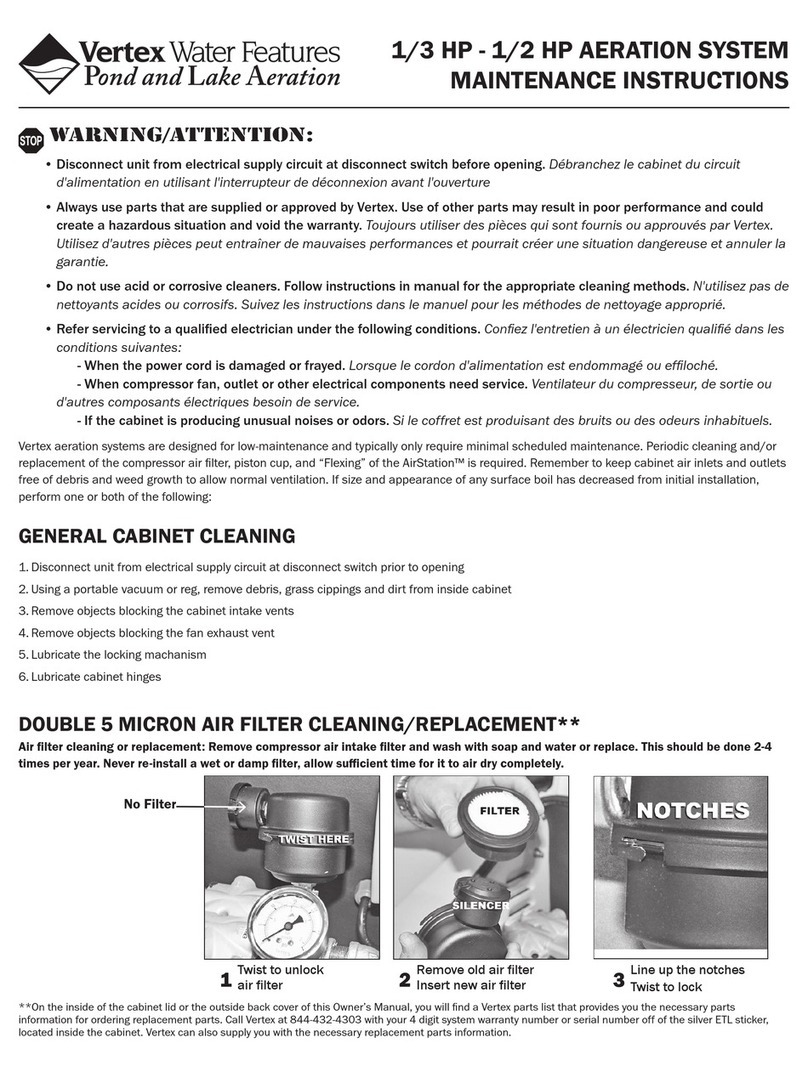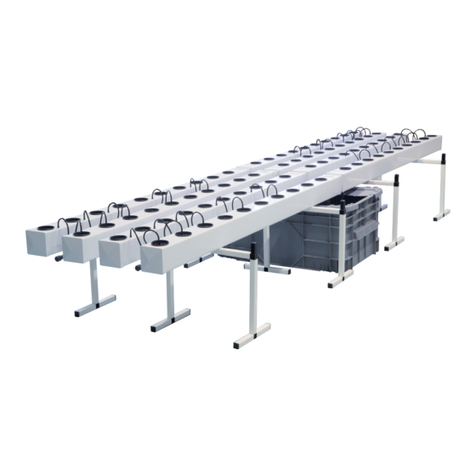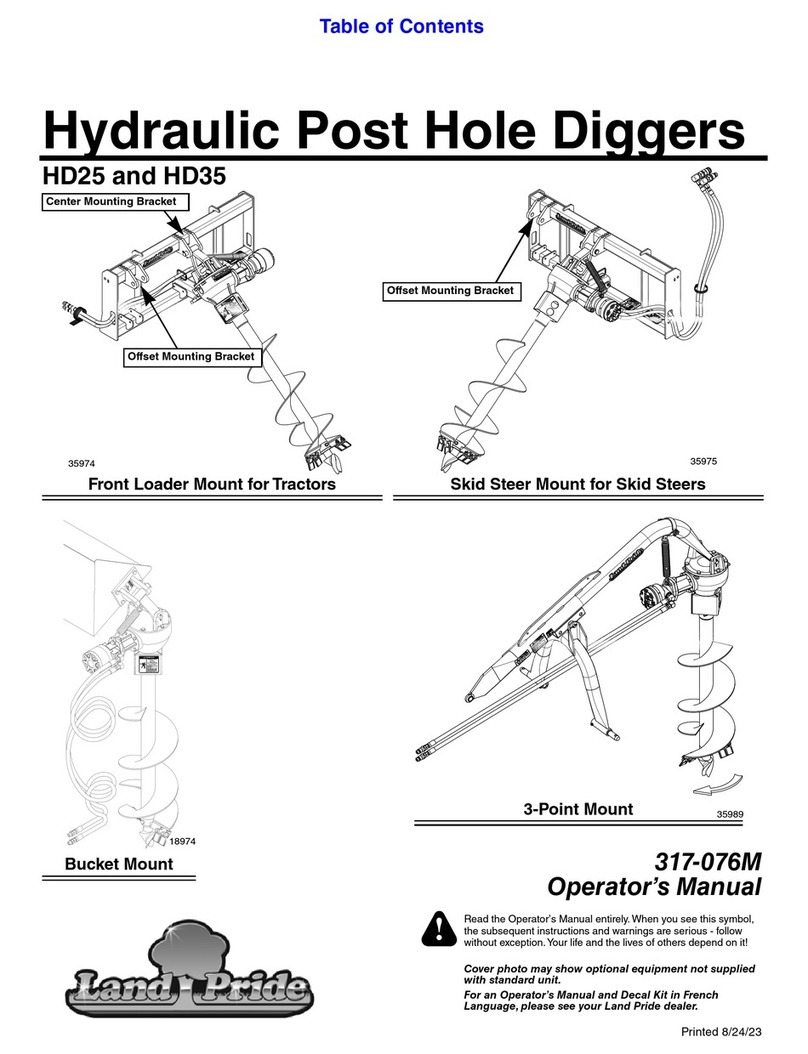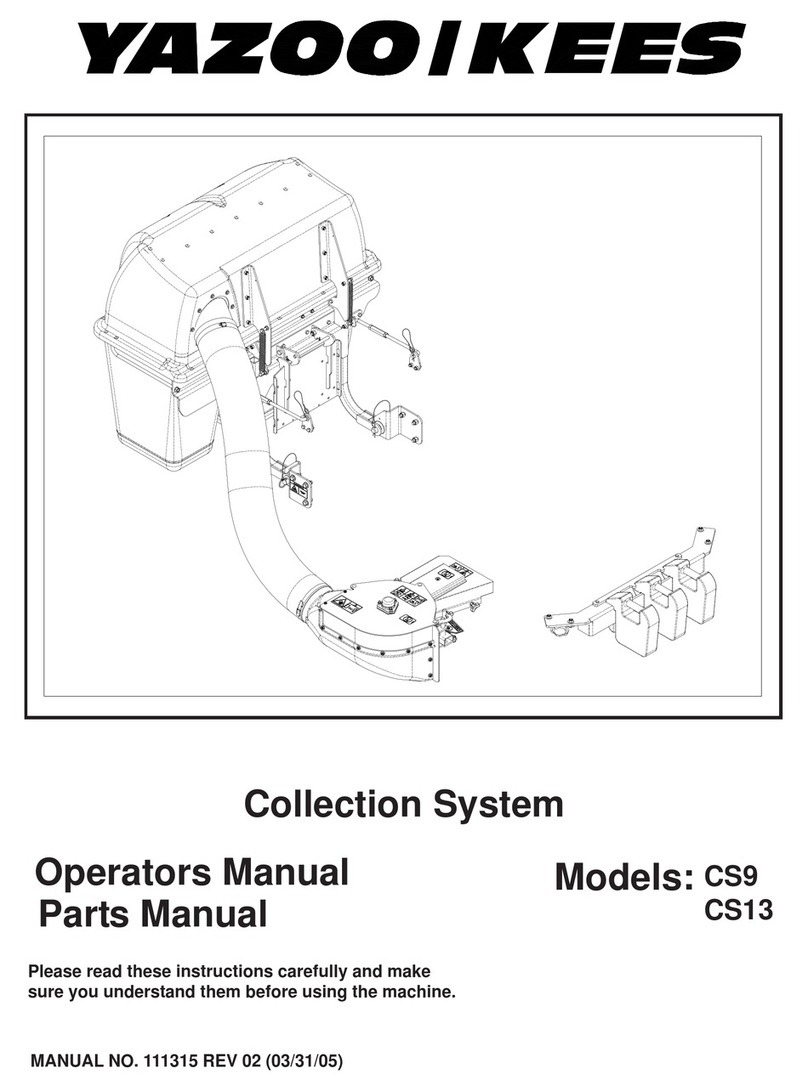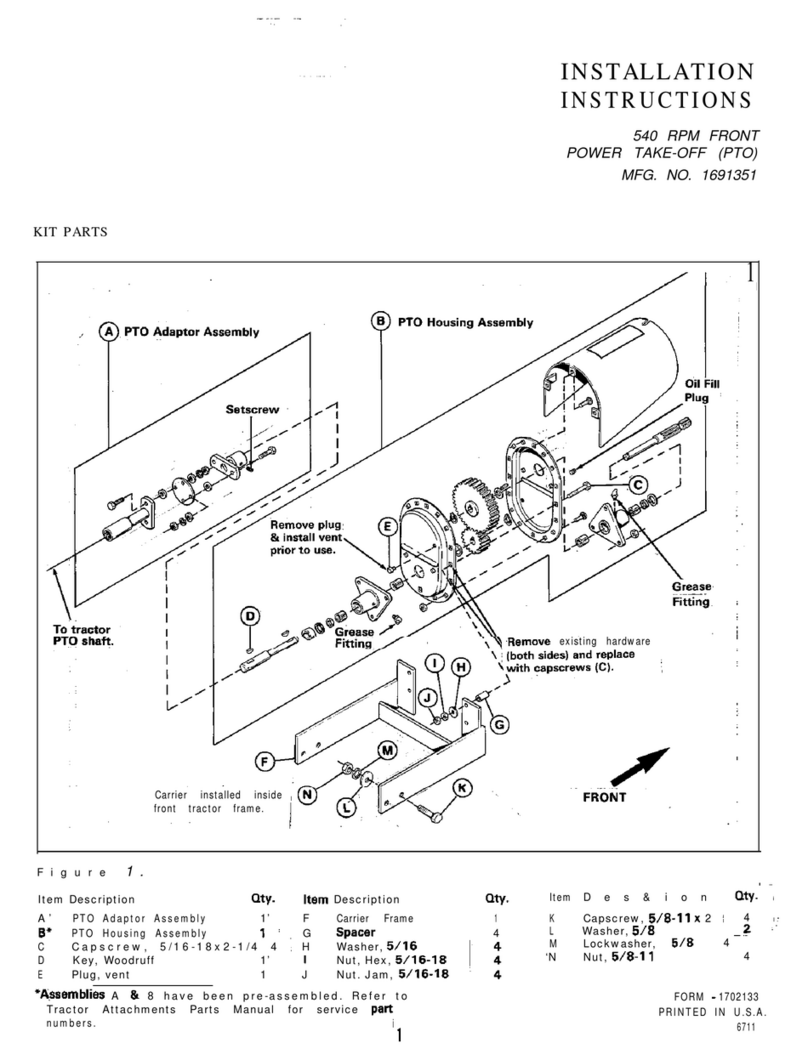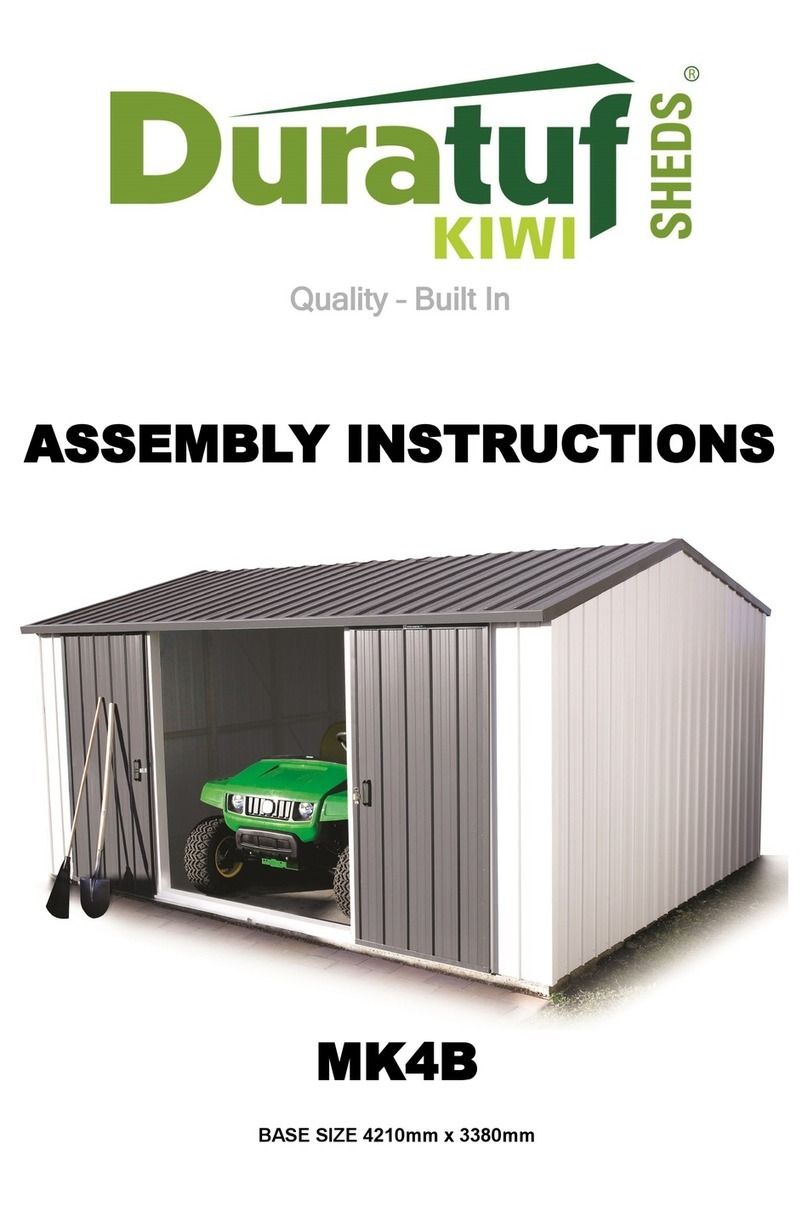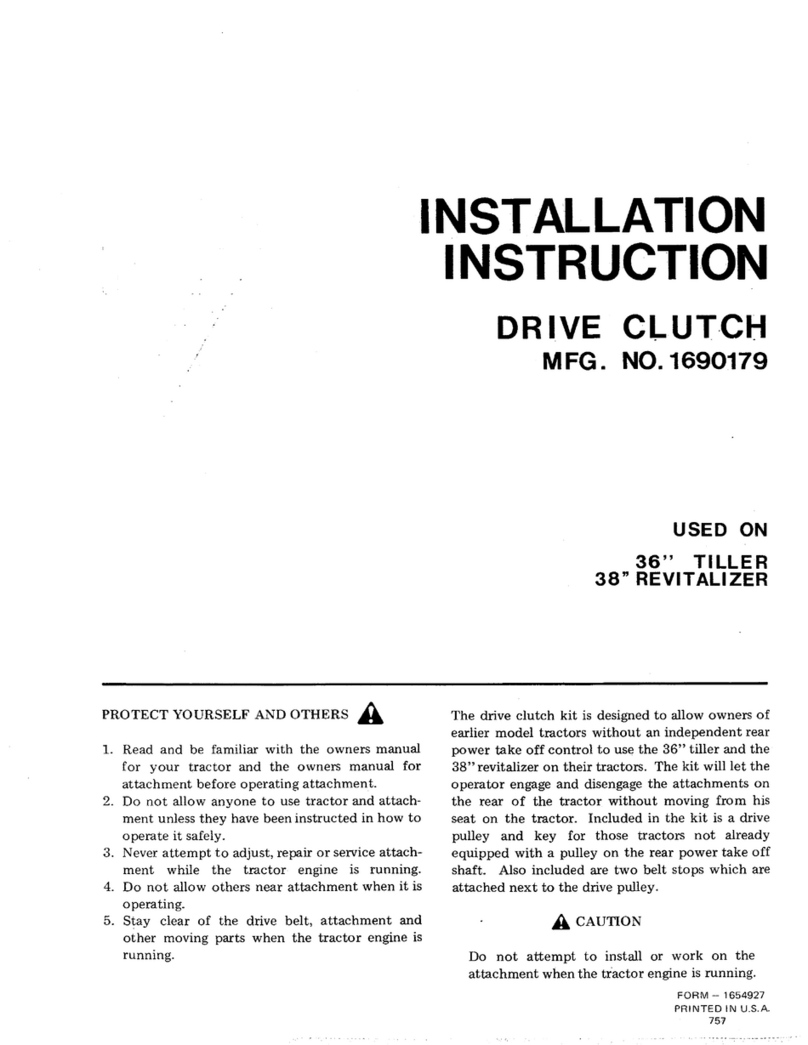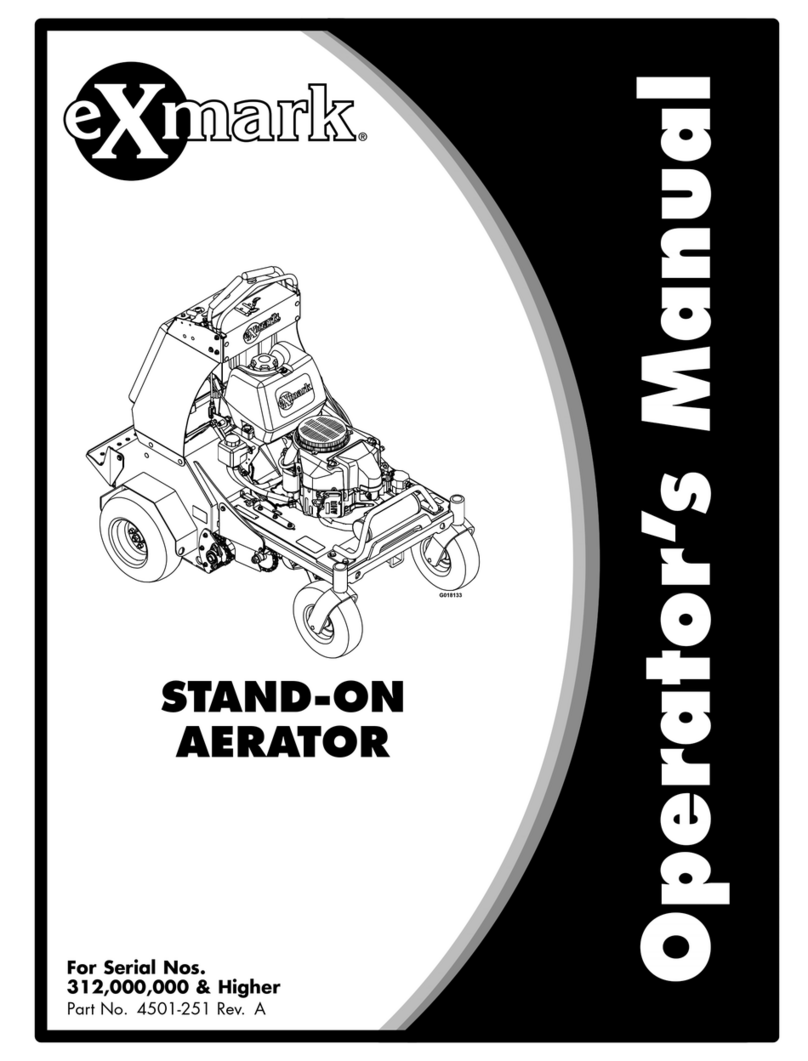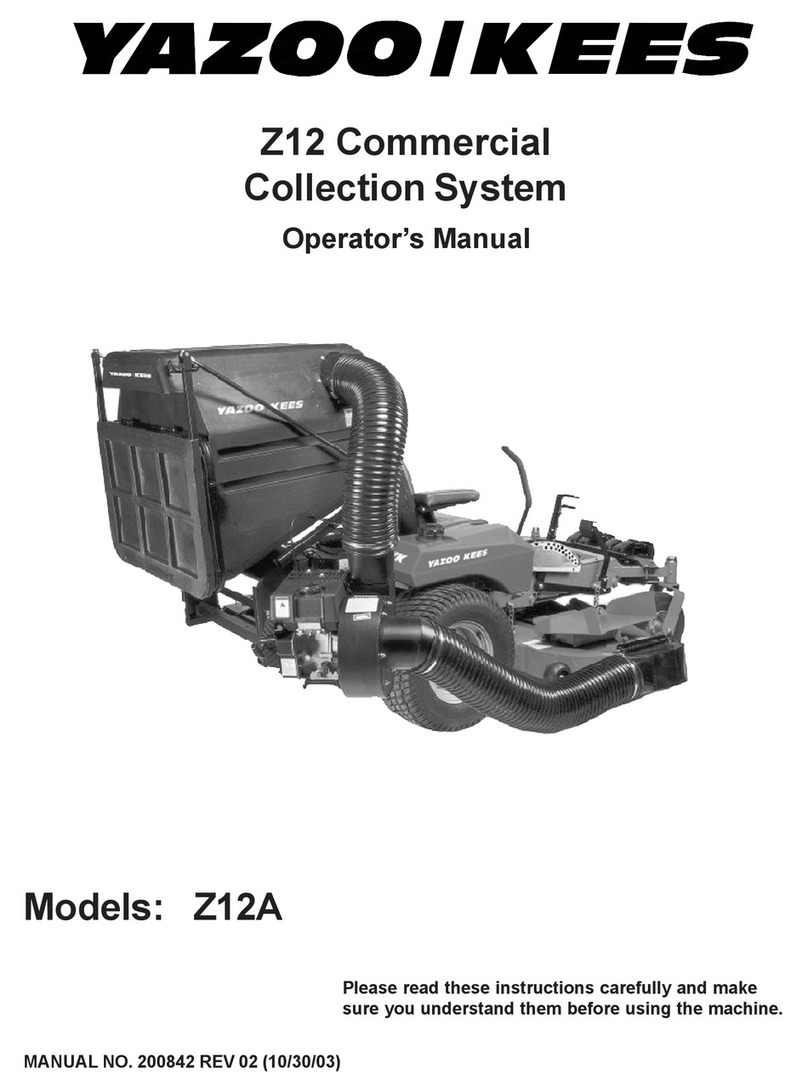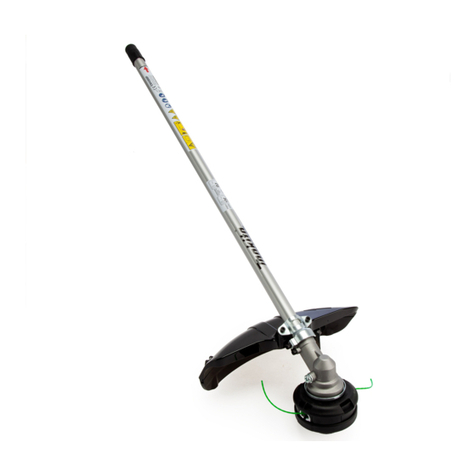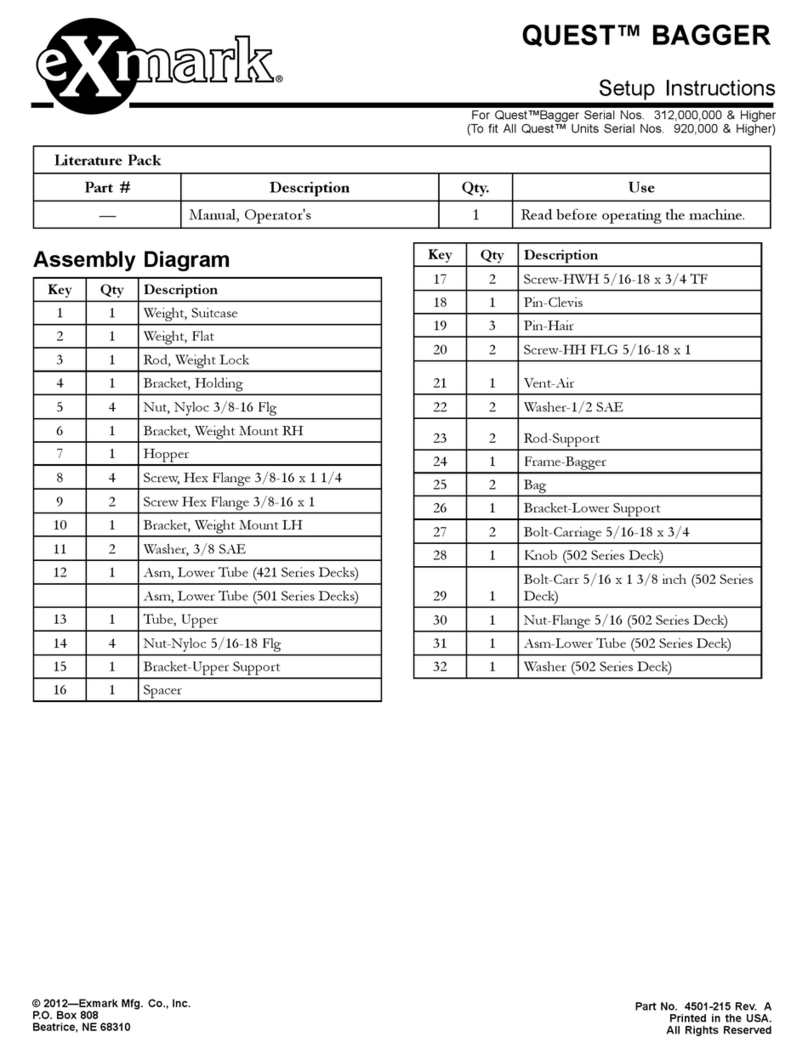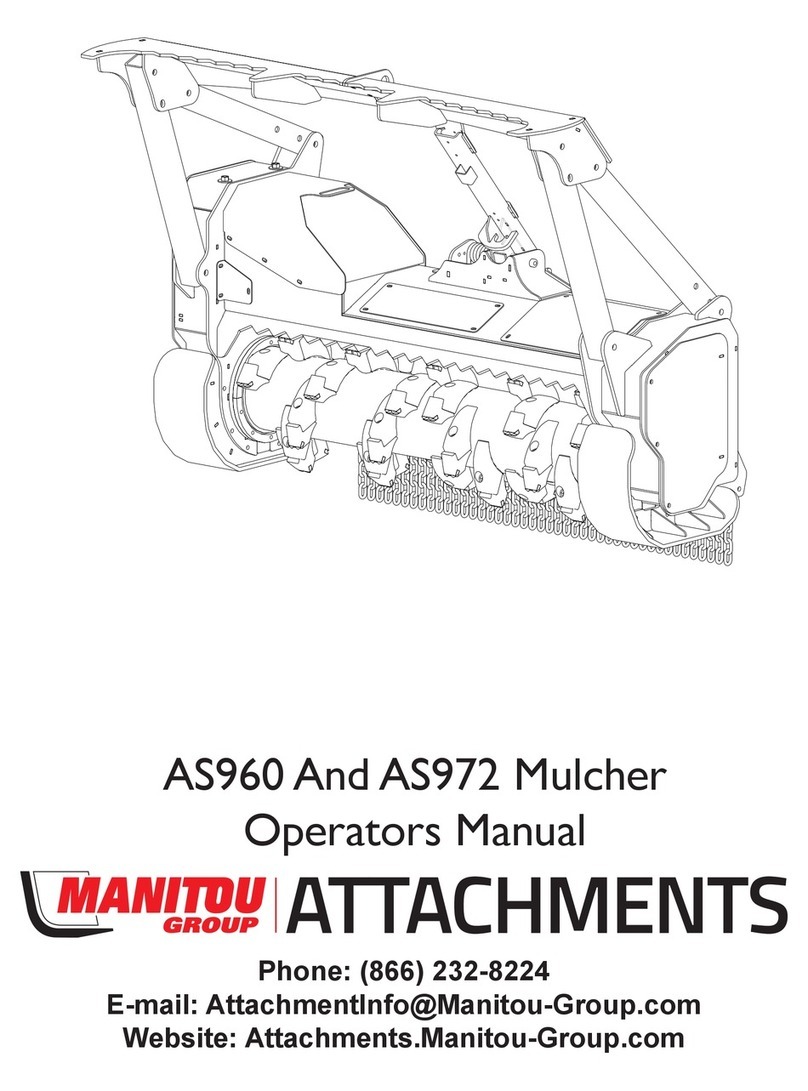
MK3A TIMBER FRAME
Step 2: Front Wall: Select one 3.380m Base Plate
(Green), one 3.380m Top Plate (Red), four
Studs (Yellow) and two .785m Nogs. Nail studs
to each end of Plates. Nail in remaining two
studs using .785m Nogs to get correct position.
Position Nogs .883m from Top Plate and nail in
place.
5
4
3
2
6
5
Step 3: Select two 2.545m Base Plates (Green) and two
2.545m Top Plates (Red). With front wall lying on
the ground, nail Plates to frame. Ensure Green
joins to Green and Red joins to Red.
Step 4: Position the back wall frame on top of plates.
While someone supports frame, nail in place.
Nail in centre Stud using 1.205m End Wall Nogs
to get correct position.
Step 6: Position a Jack Stud on each end of Ridge
Beam and nail in place using two 75mm nails
each end (fig. 1). Turnover Ridge Beam / Jack
Studs, position centrally on 2.545m Top Plates
and nail to Top Plates using two 75mm nails
per Jack Stud.
Step 5: Carefully roll frame over onto its base. (Pieces of
timber from the packaging may be used to tem-
porarily brace the frame before rolling it over).
Position 1.205m End Wall Nogs .883m down
from Top Plate and nail in place. If fitting a Kiwi
Floor, fit Floor Joists now. Space joists equally
and nail in place using three 75mm nails per
end.
fig. 1
Note: If fitting a window, there will be no centre stud on the window side. Instead nail in a full length nog (2.455 in
Gable or 3.290 in Back Wall) using window studs (.883) to get correct height. Position one window stud cen-
trally beneath the nog and nail in place. Further window studs and Nogs are fitted after the cladding is on.
Note: For sheds with the Raised Floor Modification option the studs will be 1.780m long to allow the Wall Sheets to pro-
trude 20mm below the Bottom Plate. Refer to Raised Floor Modification section (Page 15).
Step 1: Back Wall: Select one 3.380m Base Plate
(Green), one 3.380m Top Plate (Red) and three
Studs (Yellow). Lay out Plates and two Studs on
a flat surface and nail together using two 75mm
nails per join. Nail in remaining centre stud using
1.622m Nogs to get correct position. Position
Nogs .883m from Top Plate and nail in place. 1
